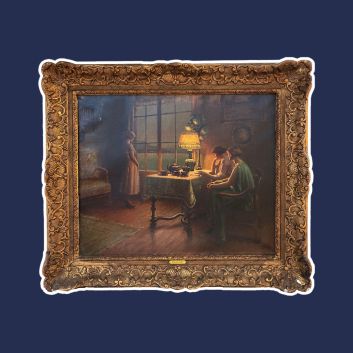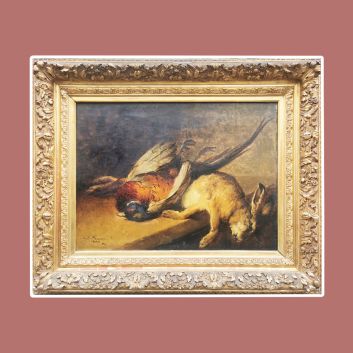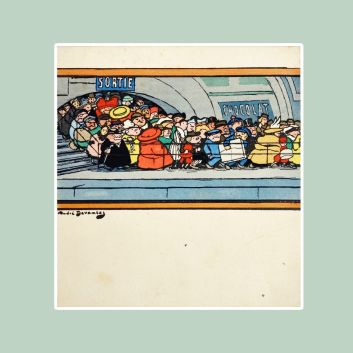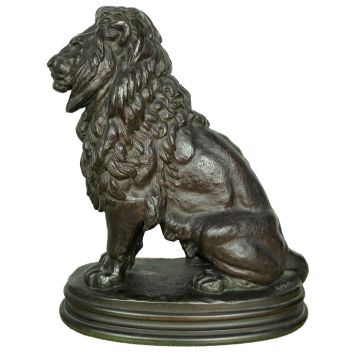Cote et valeur des oeuvres, dessins, peintures, sculptures d'Honoré Daumier
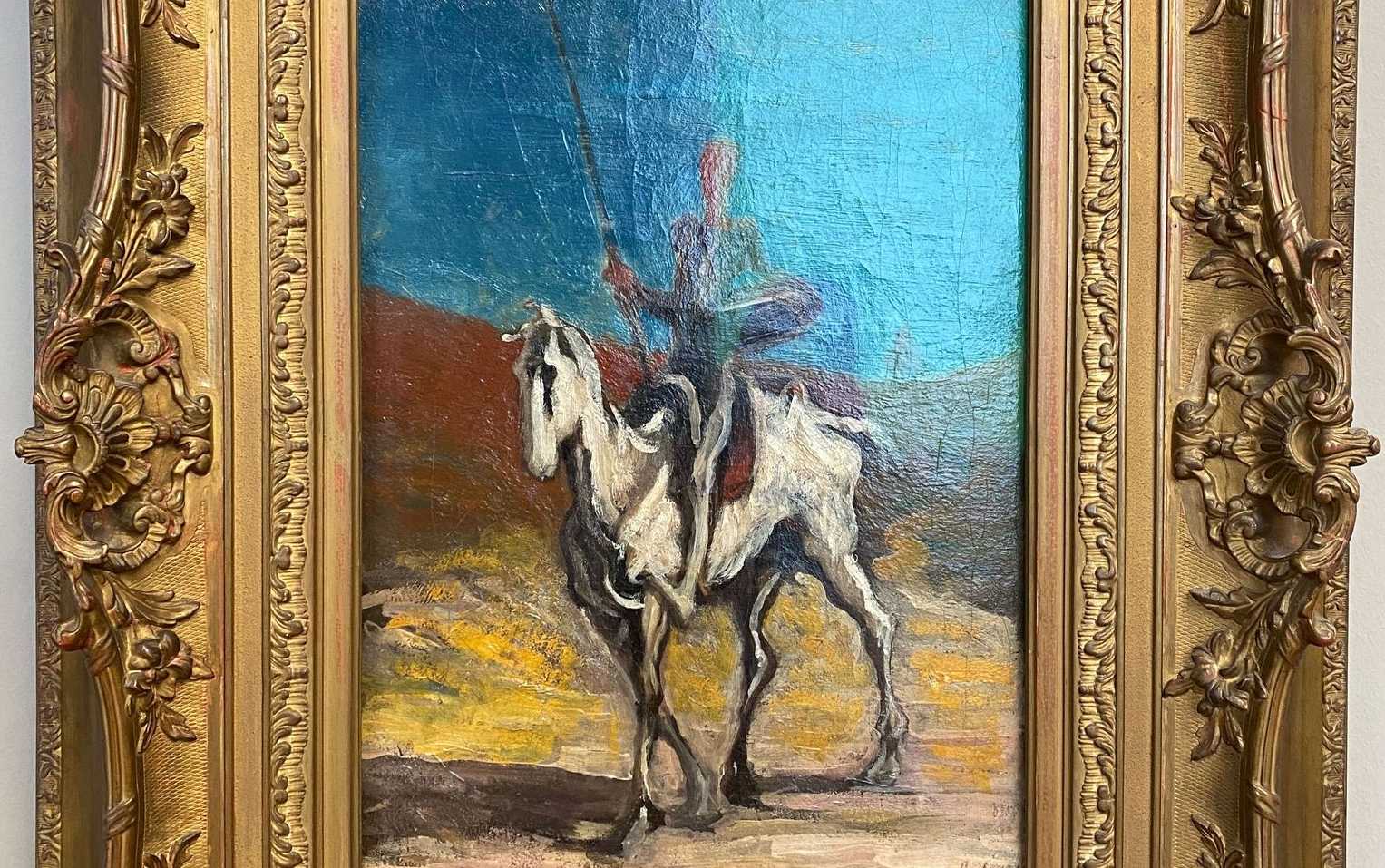
Si vous détenez une œuvre réalisée par l’artiste Honoré Daumier ou d’après, et que vous souhaitez connaîtresa valeur, nos experts et commissaires-priseurs agréés par l’état vous offrirons leurs services d'expertise.
Nos spécialistes s’emploieront à réaliser une expertise gratuite de votre œuvre, et vous transmettront une estimation précise de sa valeur sur le marché actuel.
Par la suite, si vous désirez vendre votre œuvre, nous vous orienterons vers le meilleur dispositif possible pour en obtenir un prix optimal.
Cote et valeur de l’artiste Honoré Daumier
Honoré Daumier est considéré comme l’un des artistes les plus polyvalents du XIXème siècle, Il laisse derrière lui une identité artistique propre. Cet héritage se compose principalement de caricatures et de peintures.
A présent, les prix de ses œuvres augmentent au marteau des commissaires-priseurs, sa cote est en hausse.
Ses toiles et autres œuvres sont particulièrement prisées, notamment par les acheteurs français, et le prix auquel elles se vendent sur le marché de l’art s’échelonne entre 5€ et 1 897 990€, un delta considérable mais qui en dit long sur la valeur qui peut être attribuée aux œuvres de Daumier.
En 2018, une caricature intitulée Discussion d’avocats, et datant de 1860 a été vendue à hauteur de 1 513 980€, tandis qu’elle était estimée entre 841 000 et 1 260 000€.
Ordre de valeur allant d’une œuvre simple à la plus prestigieuse
Technique utilisée | Résultat |
|---|---|
Estampe | De 5 à 54 600€ |
Sculpture volume | De 150 à 579 300€ |
Dessin - aquarelle | De 50 à 1 679 040€ |
Huile sur toile | De 350 à 1 897 990€ |
Réponse en - de 24h
Style et technique de l’artiste Honoré Daumier
Honoré Daumier s’inscrit dans le mouvement du réalisme. Il travaille avec beaucoup de techniques différentes, dont la peinture, le dessin, la gravure et la sculpture, tout comme Degas. Il s’illustre aussi dans la caricature, ayant travaillé pour plusieurs journaux satiriques de son époque.
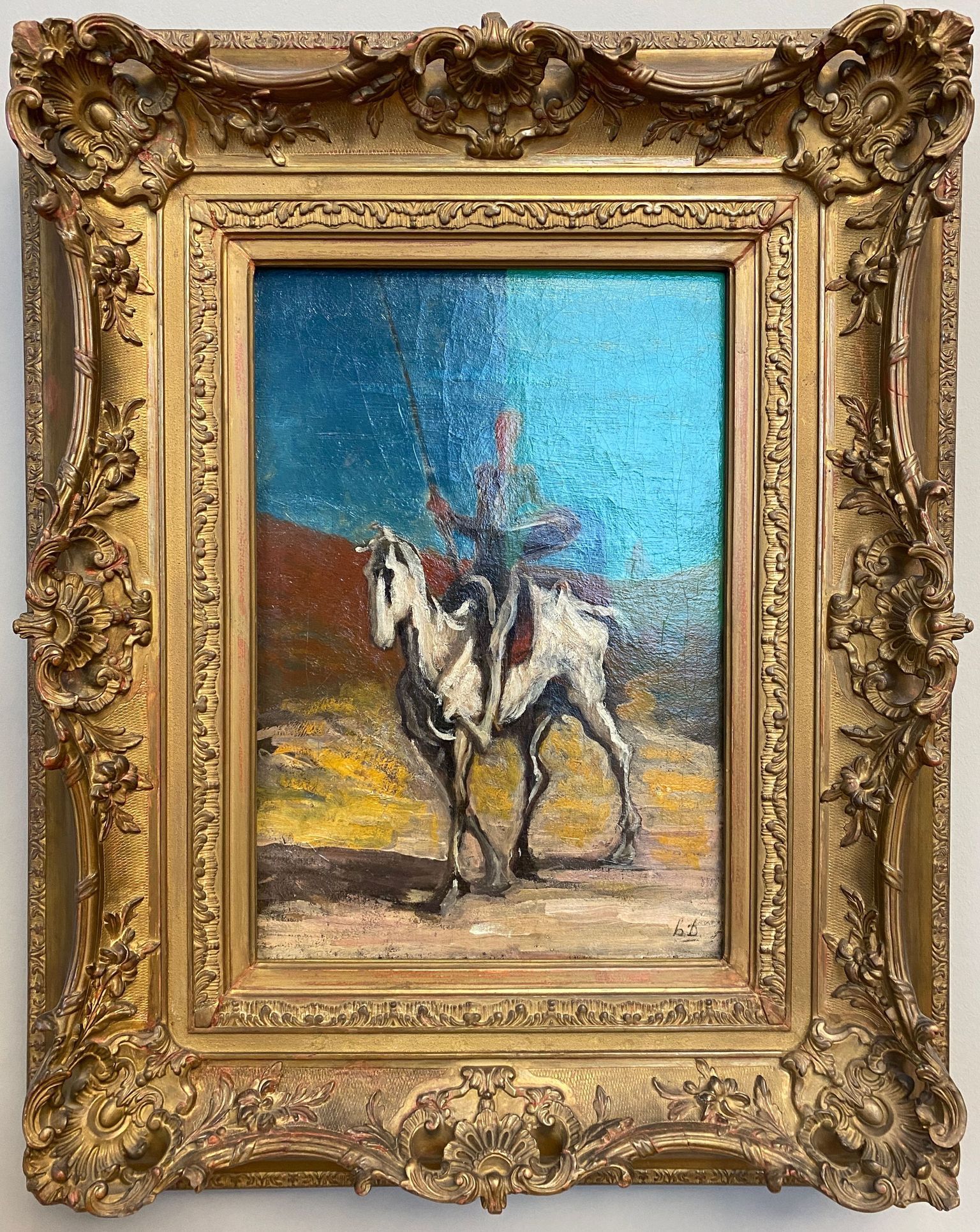
La vie d’Honoré Daumier
Honoré Daumier (1808-1879) était un peintre et sculpteur français considéré comme l'un des principaux représentants artistiques de son époque. Il naît à Marseille, son père était encadreur.
Il nourrit jeune de grandes ambitions littéraires qui le conduisent à Paris, car il veut faire publier des poèmes. Ses parents le suivent à Paris mais son père refuse catégoriquement qu’il se tourne vers l’art et fait en sorte qu’il travaille pour un huissier.
Il rencontre Alexandre Lenoir en 1822 et devient son protégé, et commence sa formation d’artiste à l’Académie Suisse. Il choisit la lithographie pour commercer sa carrière, choix par défaut qui s’avèrera productif. Il travaille alors anonymement et ne signe pas ses œuvres.
Il fait la connaissance de Charles Philipon, et travaille pour son journal La Silhouette.
C’est grâce à ses caricatures politiques qu’il se fera connaître. Publiées dans le journal La Caricature, ses lithographies sur la monarchie de Juillet et ses visages en forme de poire font rapidement scandale. Il se fait condamner à cause d’une caricature de Louis-Phillipe d’Orléans en Gargantua, et passera six mois en prison.
Ce sont majoritairement ces caricatures qui feront sa renommée, même s’il est aussi un artiste demandé pour ses sculptures et ses tableaux, dont la plupart n’ont rien à voir avec la satyre.
C’est cette expérience qui lui inspirera ses caricatures d’avocats mordus. Il côtoie Paul Huet et l’incite depuis la prison à se tourner comme lui vers le genre caricatural.
Après 1835, il doit cesser les caricatures car la presse est censurée par la Loi. Il décide donc de se moquer des bourgeois, ce qui rejoint ses convictions politiques même s’il ne peut plus se moquer du régime en place.
Il peint davantage de tableaux à la fin de sa carrière, partageant le réalisme social avec Gustave Courbet.
Il passe la fin de sa carrière à Valmondois, alors en proie à des difficultés financières, dans une maison que Camille Corot lui a prêtée.
Il décède peu de temps après, son corps repose auprès de ses amis peintres au Père-Lachaise.
La caricature au XIXème siècle
La caricature au XIXème siècle, véritable miroir déformant de la société, se développe comme un art à part entière, trouvant en France un terreau particulièrement fertile.
Sous la plume acérée de maîtres tels qu'Honoré Daumier, elle devient une arme redoutable contre les puissants et les travers de la société.
Daumier, lui-même, s’illustre par ses représentations mordantes de la monarchie de Juillet, où ses lithographies révèlent un Louis-Philippe grotesquement transformé en poire, symbole de l’embourgeoisement et de l’ineptie du régime.
Ce genre d’œuvres, publiées dans des journaux satiriques comme La Caricature, participent à la naissance d’une presse militante, où l’humour se mêle à la critique sociale.
La caricature, alors souvent réprimée et censurée, se mue en un vecteur d’expression des frustrations populaires, donnant une voix à ceux que la société cherche à étouffer.
Malgré la censure qui pèse sur la presse après 1835, les caricaturistes trouvent des moyens détournés de continuer leur art, se moquant désormais des bourgeois, témoins d’une société en pleine mutation.
Ainsi, la caricature du XIXème siècle, au-delà de son aspect ludique, s'impose comme un témoignage vivant des tensions politiques et sociales de son temps, où l’art se fait résistance.
Honoré Daumier et la caricature politique
Focus sur Le Défenseur, Honoré Daumier
Le Défenseur, œuvre emblématique d’Honoré Daumier, incarne avec une force saisissante la satire sociale qui imprègne son travail.
Peint avec une sobriété volontaire, ce tableau dépeint un avocat au milieu d’une plaidoirie, sa posture théâtrale contrastant avec l’apparente indifférence du public qui l’entoure.
Le visage du défenseur, marqué par une éloquence exagérée, trahit à la fois l’ardeur et le ridicule d’une profession que Daumier ne cesse de tourner en dérision.
Les traits grossiers, presque caricaturaux, et la palette sombre du tableau mettent en lumière la vacuité des discours juridiques, souvent détachés des réalités humaines qu'ils sont censés représenter.
L’œuvre, dans sa composition serrée, où les personnages semblent entassés dans un espace étouffant, rappelle le théâtre de l’absurde où les rôles sont surjoués, mais où rien de véritablement significatif ne se joue.
Daumier, en observateur aiguisé des tribunaux, saisit ici l’essence d’un système judiciaire qu’il juge déconnecté du peuple, plus préoccupé par les joutes verbales que par la quête de justice. Le Défenseur n’est donc pas seulement une scène de prétoire ; c’est une critique acerbe d’une institution qui, sous les oripeaux de la grandeur, masque souvent la futilité et l’autosatisfaction.
Dans ce tableau, Daumier ne se contente pas de peindre une scène. Il capture, avec une ironie mordante, l’âme d’une époque où le verbe se substitue à l’action, où la représentation l’emporte sur la réalité.
Ainsi, Le Défenseur devient une allégorie de la société bourgeoise du XIXème siècle, que Daumier ne cesse de dépeindre, tantôt avec humour, tantôt avec amertume, mais toujours avec une lucidité sans concession.
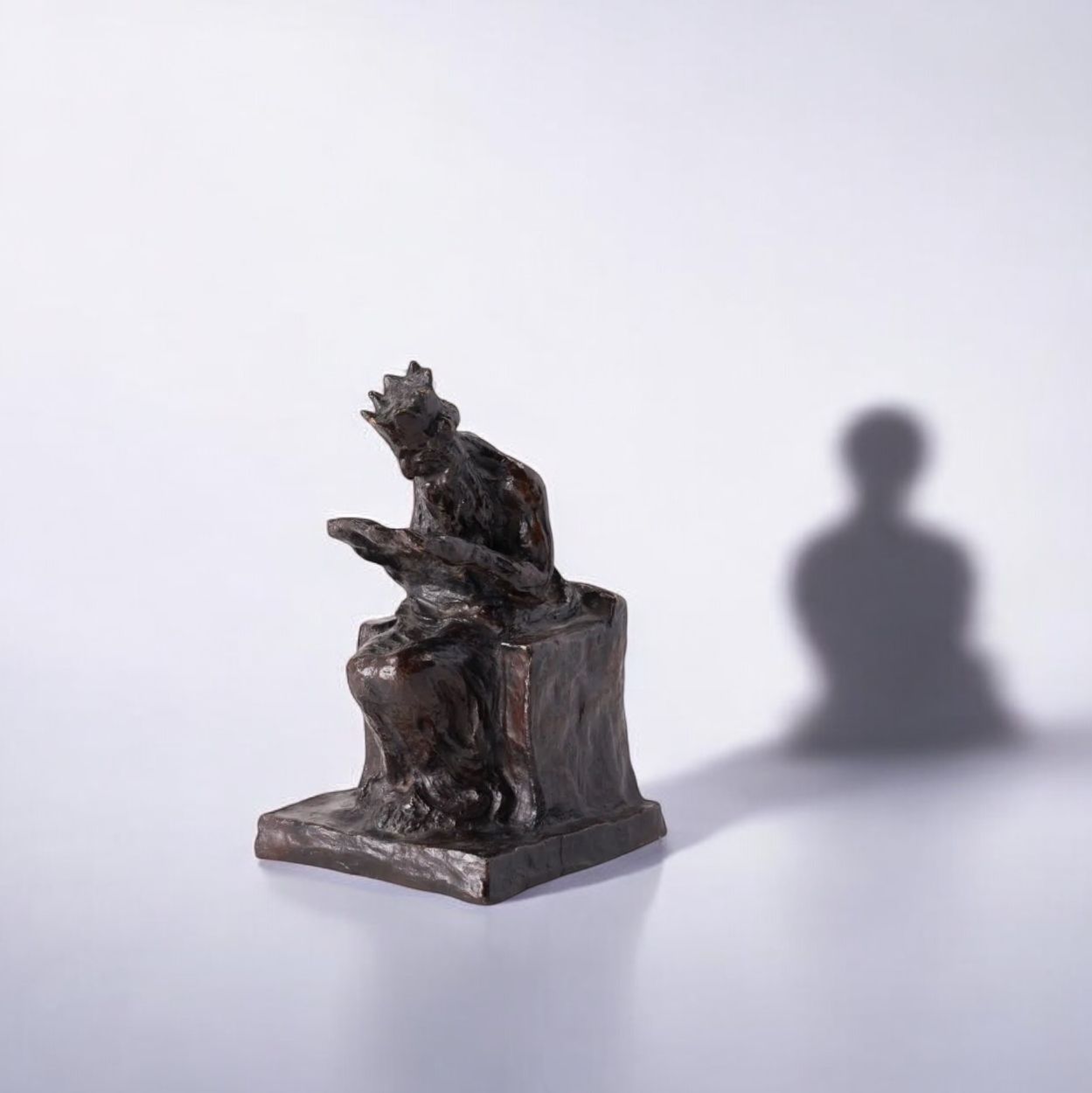
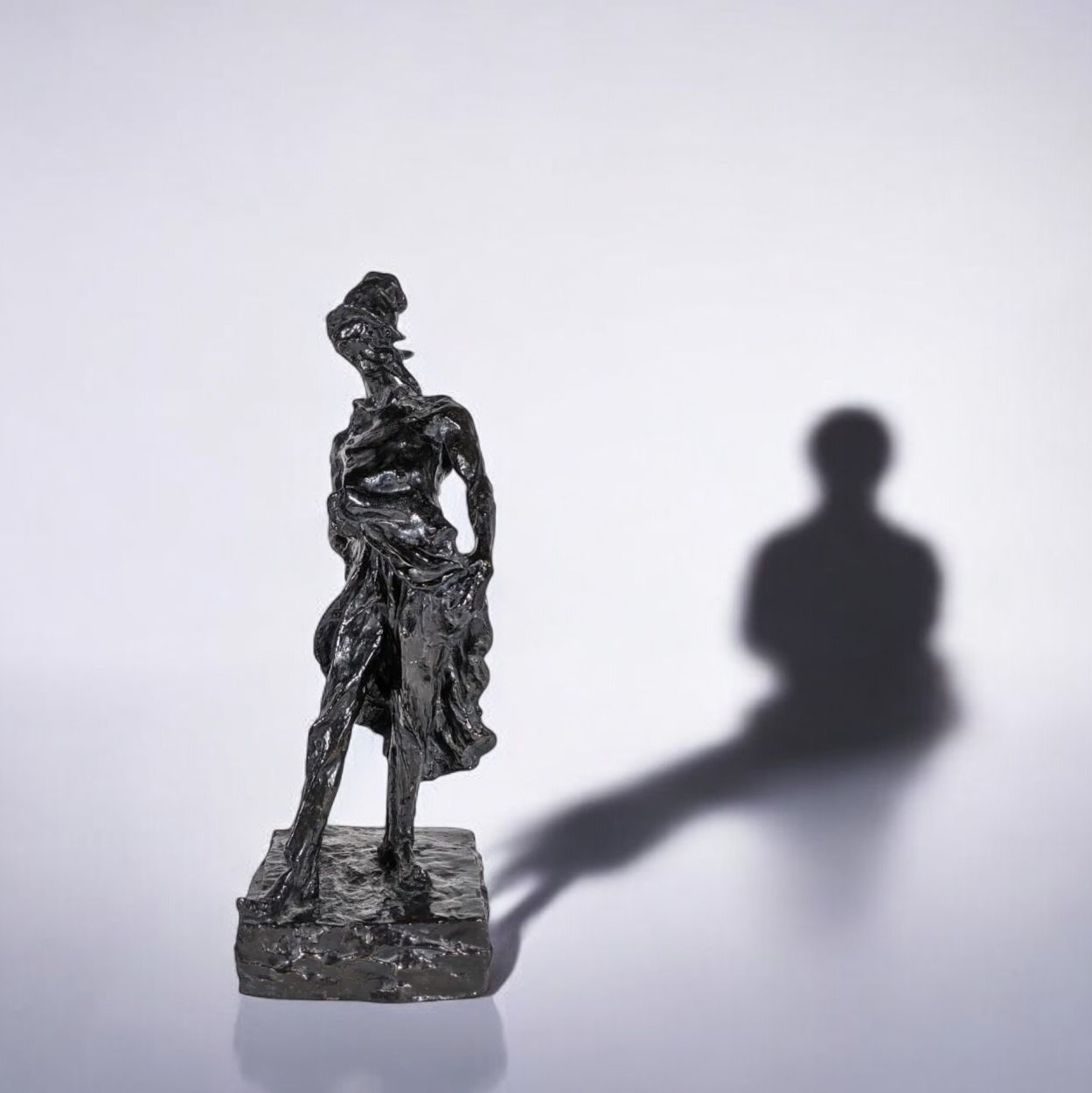
L’empreinte de Daumier sur son époque
Honoré Daumier, artiste profondément engagé, s’est imposé tout au long de sa carrière comme la voix des plus démunis et des opprimés, utilisant son art comme un moyen de dénonciation sociale.
À l'instar de Gustave Courbet ou de John Constable, Daumier a toujours cherché à représenter la réalité crue de son époque, s’écartant des idéaux académiques pour se tourner vers un réalisme mordant.
Ses caricatures, souvent virulentes, pointent du doigt les travers de la société bourgeoise et les injustices faites aux classes populaires.
Cette audace lui a valu d’être souvent dans le collimateur des autorités, ce qui l'a poussé à publier ses œuvres de manière anonyme pour éviter les représailles.
L’artiste a ainsi su contourner la censure, mais au prix d’une certaine invisibilité personnelle, qui ne fait que renforcer l’aura de mystère entourant son œuvre.
Ce choix de l’anonymat a également contribué à la dispersion de ses créations, qui, aujourd’hui, sont principalement conservées par des collectionneurs privés.
Bien que certaines de ses pièces aient trouvé refuge dans des musées, c’est grâce à ces passionnés que l’héritage de Daumier perdure.
Ces collectionneurs jouent un rôle crucial dans la préservation d’un patrimoine artistique qui continue de résonner par sa pertinence et sa profondeur critique.
Reconnaître la signature de l’artiste
Daumier signe parfois ses œuvres, la plupart du temps en bas du tableau, dans une couleur qui contraste avec le fond. En voici un exemple. Concernant les sculptures, elles peuvent aussi être signées.
Cependant, il existe beaucoup de copies, c’est pourquoi l’expertise est importante. Les caricatures ne sont en principes pas signées, car il les publiait anonymement.
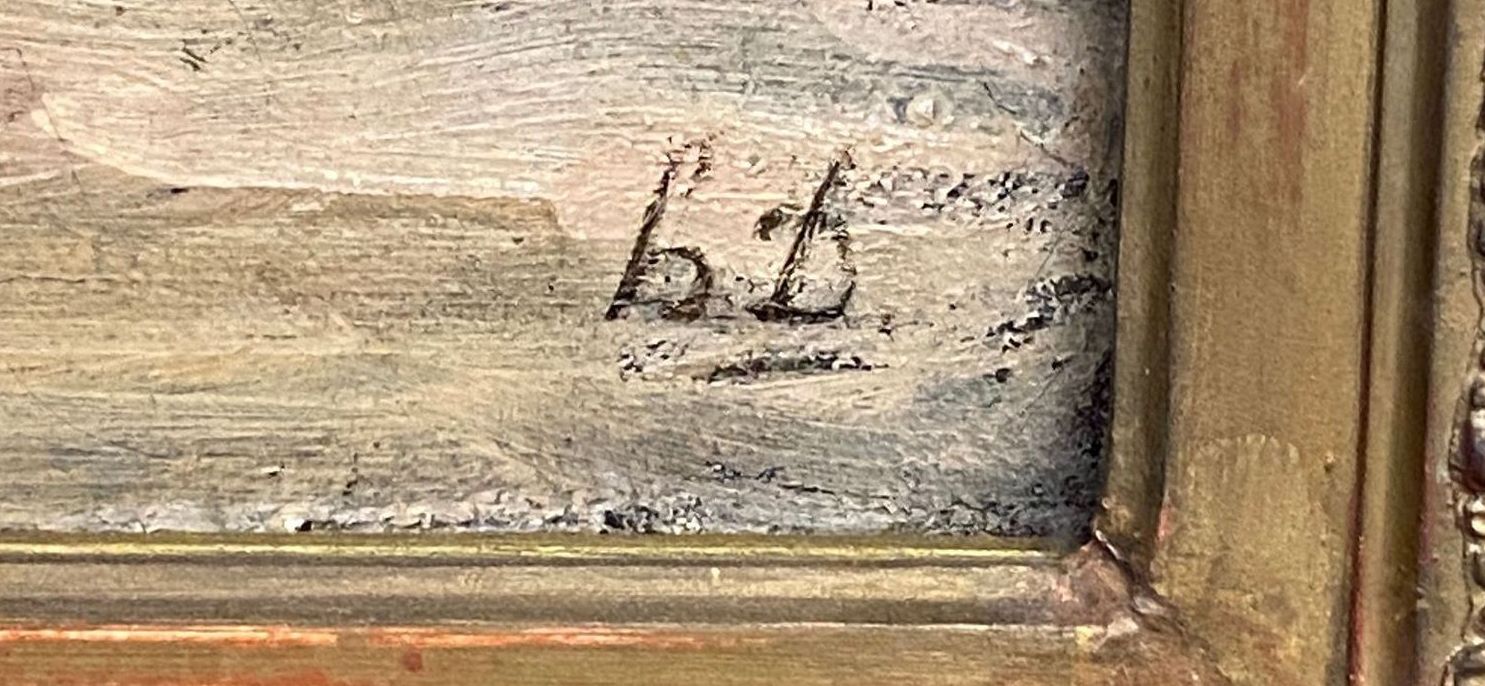
Connaître la valeur d’une œuvre
S’il s’avère que vous possédez une œuvre de Daumier ou d’après l’artiste, n’hésitez pas à demander une évaluation gratuite moyennant notre formulaire sur notre site internet.
Un membre de notre équipe, composée d'experts et de commissaires-priseurs agréés, vous contactera promptement afin de vous communiquer l’estimation de la valeur marchande de votre œuvre, sans oublier de vous transmettre les informations ad hoc sur celle-ci.
Si vous considérez vendre votre œuvre, vous serez également accompagnés par nos spécialistes afin de bénéficier d’alternatives pour la céder au meilleur prix possible, prenant en compte les inclinations du marché.
Réponse en - de 24h
A découvrir dans la même thématique

Valeur et cote des oeuvres, peintures de François Reynaud
François Reynaud, peintre du XIXème siècle, reproduit les canons académiques français et italiens dans ses peintures. Estimation en moins de 24h.
En savoir plus >

Cote et valeur des peintures, gravures de Albert Besnard
Albert Besnard est un peintre et graveur symboliste du XIXème siècle. Ses oeuvres ont de la valeur et une cote assez haute sur le marché de l'art.
En savoir plus >

Cote et valeur des sculptures, bronzes, marbres, de Albert-E...
Carrier-Belleuse est un peintre et sculpteur du XIXème siècle qui a produit des bronzes et marbres cotés et qui ont de la valeur aux enchères.
En savoir plus >
Site sécurisé, anonymat conservé
Commissaire-priseur et expert agréé par l'État
Estimations gratuites et certifiées

